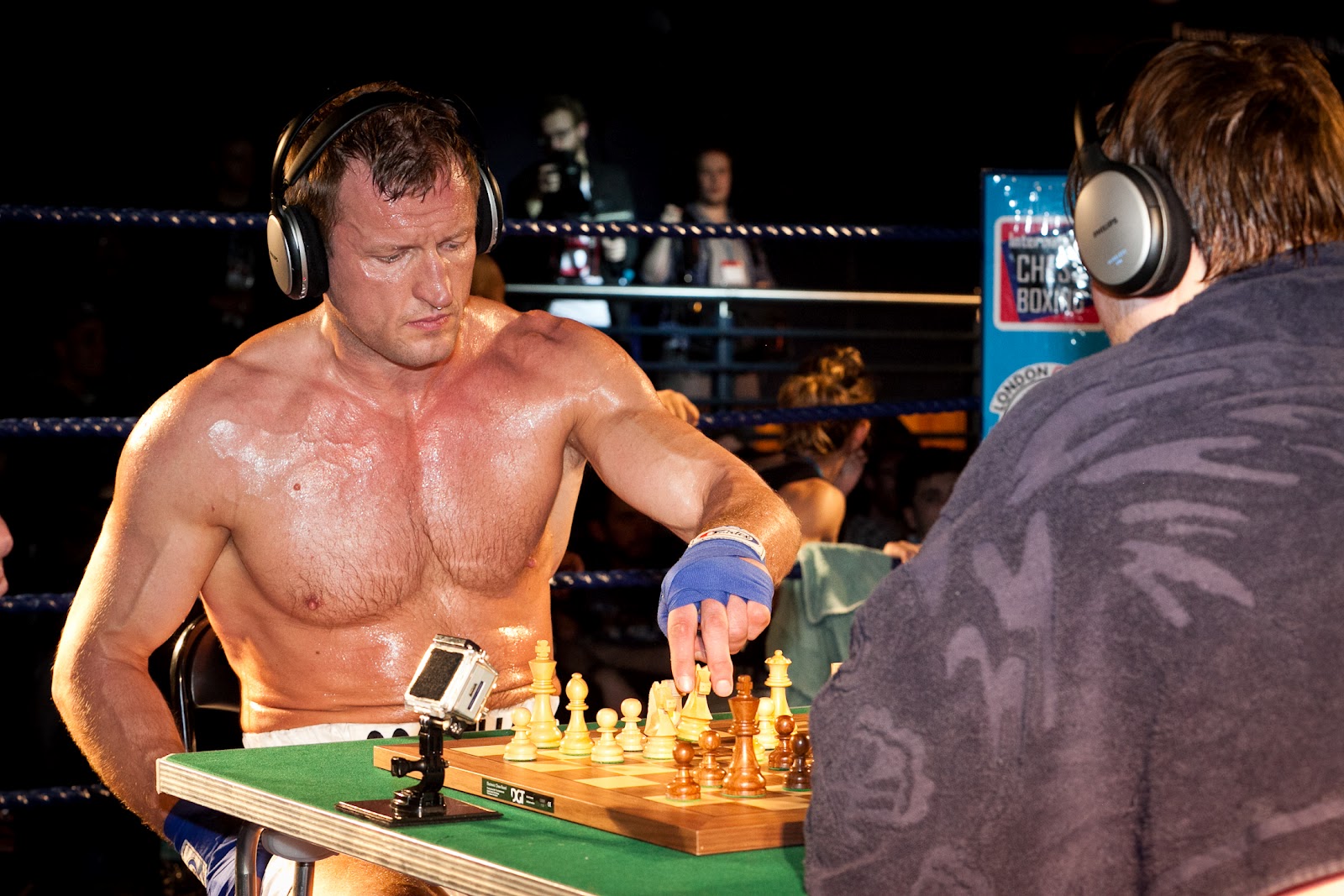
When the Wu Tang Clan put out the song “Da Mystery of Chessboxin” it was more of a gimmick than anything you would expect to see in anything resembling a professional setting. The idea was first popularized by the Hong Kong kung-flick “The Mystery of Chessboxing” to set up the predictable moral of brains being needed for effective brawn.
Mixing two antithetical concepts, the brawn of boxing and the brain of chess, was a novel concept that served as a good analogy for a variety of issues, including for use by groups like the Wu Tang Clan. But actually committing to the sport was more in line with worshipping the Flying Spaghetti Monster than something that would be realized in reality, even if the idea had floated out there for quite some time.
That’s not to say it hadn’t been around in some capacity as these cultural references did come from somewhere, after all. According to the World Chess Boxing Association, or WCBA, the first group dedicated to specifically Chess Boxing was formed in 1978 by an enthusiast named James Robinson at the Samuel Montagu Boys Club in Greenwich, London. “The Mystery of Chessboxing” would be released the following year, but the inventors club would be disestablished by 1982.
But the idea just wouldn’t die. It cropped up in movies, it cropped up in music, it even cropped up in a comic book, Froid Equateur, by French comic book artist Enki Bilal. While the WCBA credits Robinson and his brother Stewart with conceiving of the concept, Bilal’s work is credited with inventing Chess Boxing as it is played today.
The concept is, oddly enough, exactly what it sounds like. The game consists of 11 rounds, alternating between boxing and chess, with a variety of win conditions. If your opponent is knocked out in boxing, it’s a win. If you manage to checkmate your opponent in chess, it’s a win. If a tie occurs, it goes to a traditional boxing, 10-point scoring system by round to determine a winner. There are a variety of other ways to lose, though: running out your chess timer or being found cheating, for example.
According to TIME, the first officially recognized chessboxing match occured in 2003 in Amsterdam, featuring Iepe Rubingh and Jean Louis Veenstra. Rubingh, an artist who had read Bilal’s work, was inspired to bring it to life and organized the event. He would go on to win the match in the eleventh round when Veenstra timed out in the chess round, becoming the first ever World Chess Boxing Champion.
Since these humble beginnings chessboxing seems to have exploded. Chess Boxing Global was formed in 2013 to manage the popularity and unify the segmented populations. CBG association recognizes branches in Berlin, India, Iran, Italy, China, the USA, Russia, and Mexico. They held their first world championship in 2013, where Nikolay Sazhin, Leonid Chernobaev, and Sven Rooch won the heavyweight, light heavyweight, and middleweight titles respectively.
The sport that started in clubs and Kung-Fu movies has evolved into what seems to be a very reputable organization, and continues to host matches to this day. They’re very much a sporadic event, somewhat like regular boxing matches, but the blend of brains and brawn seems to have an odd appeal that’s slowly infecting the world. In a world of strange hybrids and crossbreeds, chessboxing takes the cake as one of the most surreal, achieving widespread attention and worldwide appeal.

Leave a Reply